English Writing
Intent – Writing at Hindhayes
Children will have the writing process modelled to them daily so that children see their teacher’s as writers and are surrounded by quality examples of texts and modelled writing. We want or children to develop the skills to express and develop their thoughts, emotions and self-identity through writing and to use early writing as a way of unlocking learning experiences and the wider curriculum.
Recent research used to inform practice:
Bold Beginnings 2017 : Key findings in the most successful schools. EEF Improving Literacy at Key Stage 1. Closing the attainment gap – Daniel Sobel 2018. Learning without Labels – Marc Rowland 2017 , Closing the Vocabulary Gap – Alex Quiggley 2018. The curriculum – Mary Myatt 2018. Boys will be brilliant Linda Tallent and Gary Wilson 2016 Closing the Reading Gap – Alex Quigley 2020, National College Webinar Developing Writing in line with EYFS reforms 2021
Developing skilled writers at Hindhayes:
Transcription skills at Hindhayes are closely linked to the Sounds-Write programme used to deliver high quality daily phonics. A key part of this programme is the use of dictation at least twice a week. Dictation sentences are carefully planned to ensure that the children can apply taught GPC’s and to also include the practice of the spelling of common exception words. Teachers triangulate what has been taught in Sounds-Write lessons with what formative assessment shows and the units of work for English (both reading and writing) that they are planning. This ensures that opportunities for applying spelling skills in either phonetically regular or common exception words are practiced. At Hindhayes we understand the link between gross and fine motor skills for our youngest children. Funky Finger sessions, Tai Chi, Forest School and a rich provision outdoors allow our children to develop the co-ordination, shoulder, elbow and wrist pivots and strength that are needed to support the Early Learning Goals and the National Curriculum Programmes Of Study for Handwriting. Careful consideration has been given to how we want children at Hindhayes to form letters and a master sheet produced for all classes showing the w,k,f that we expect teachers to be using and to teach children (These can vary in different fonts and in different programmes). Not a minute is lost when the children start school to begin their fine motor and handwriting journey and close links are made with daily phonics teaching. More recently presentation of work has been a focus for the Better Learning Team at Hindhayes and a Brilliant Bee List has been created to help to focus children on the formation of letters and numbers when working and not just in handwriting times. Talk for writing strategies alongside providing a real purpose and audience for writing ensures that children have the knowledge, understanding and skills needs to craft their own invented stories.
Developing Cultural Capital
Baseline information collected shows that many of the children on entry have limited vocabulary skills, have limited fine motor and in some cases gross motor skills, have limited letter sounds knowledge alongside a lack of oral segmenting and blending skills. This requires the school to act quickly to provide the children with an environment rich in language, the written word and stories both inside and out. Doh gym, funky finger activities, Forest school activities, provision of first hand experiences to support vocabulary development, rigorous phonics and handwriting teaching, access to a wide range of mixed media and early intervention support our learners to diminish any differences identified on entry . An outdoor play worker daily in the rich outdoor area helps to provide a running commentary of activities, sets up opportunities for play that are rich in language and ensures that links are made to stories and writing is promoted.

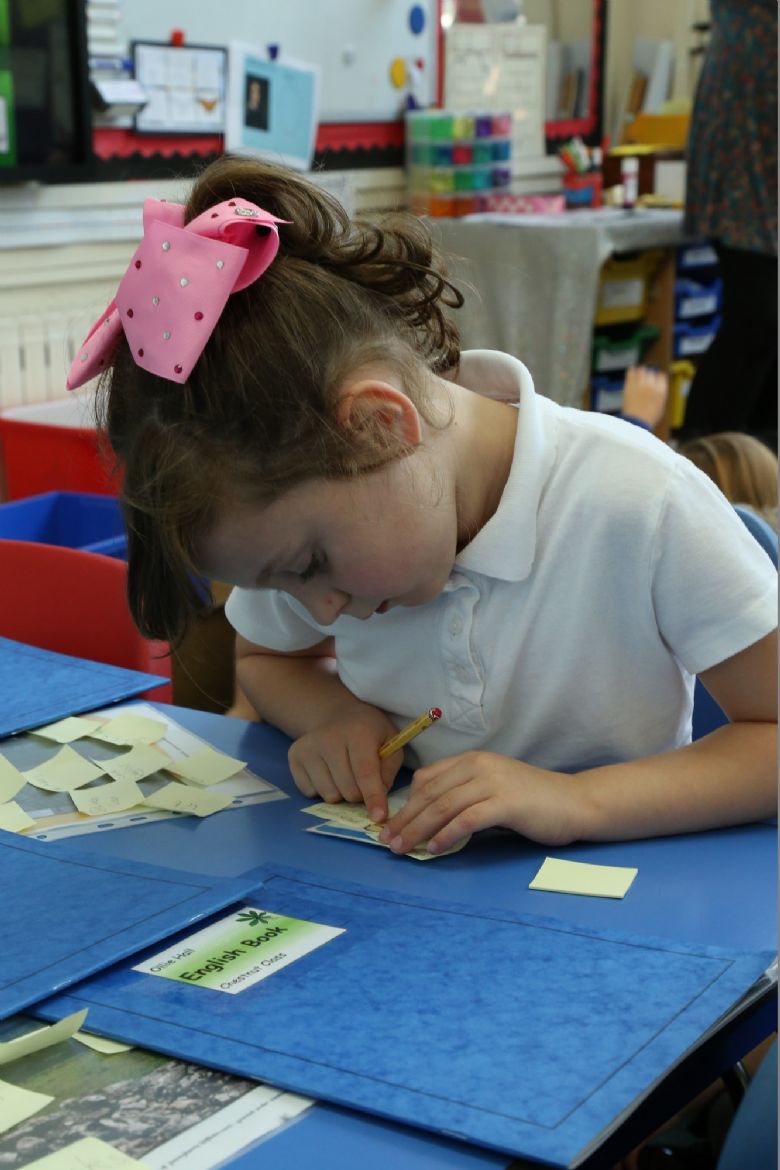
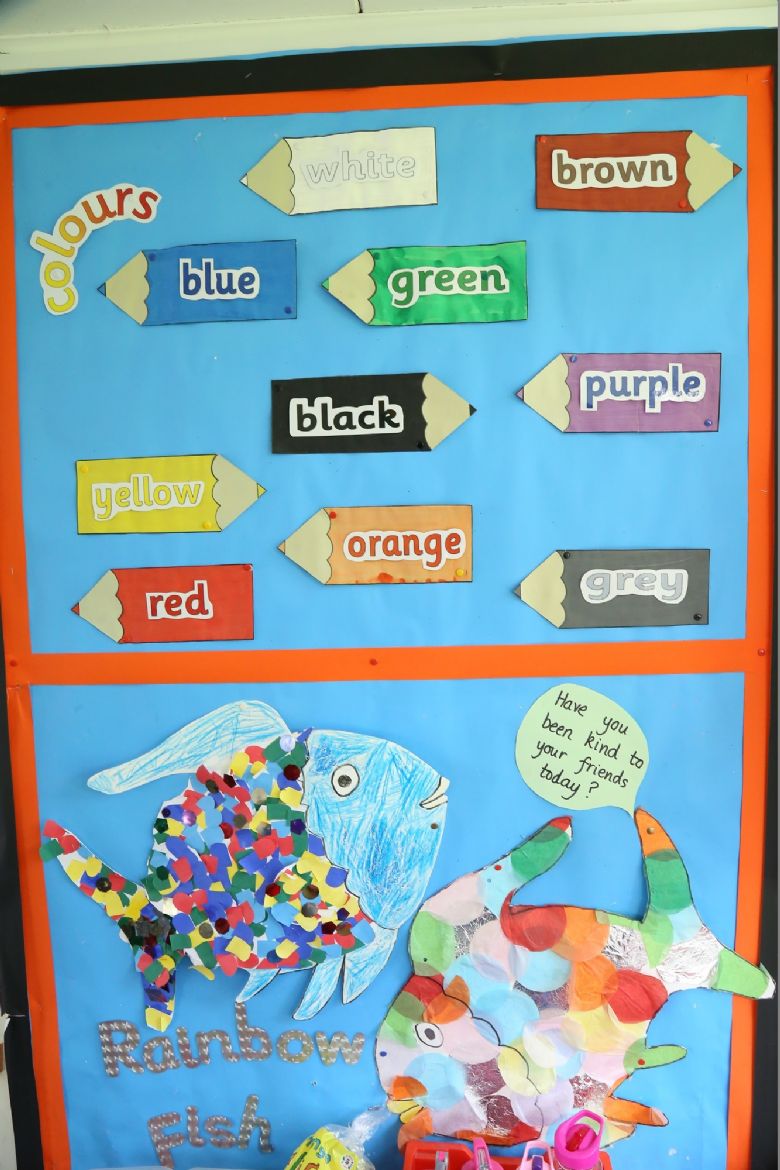
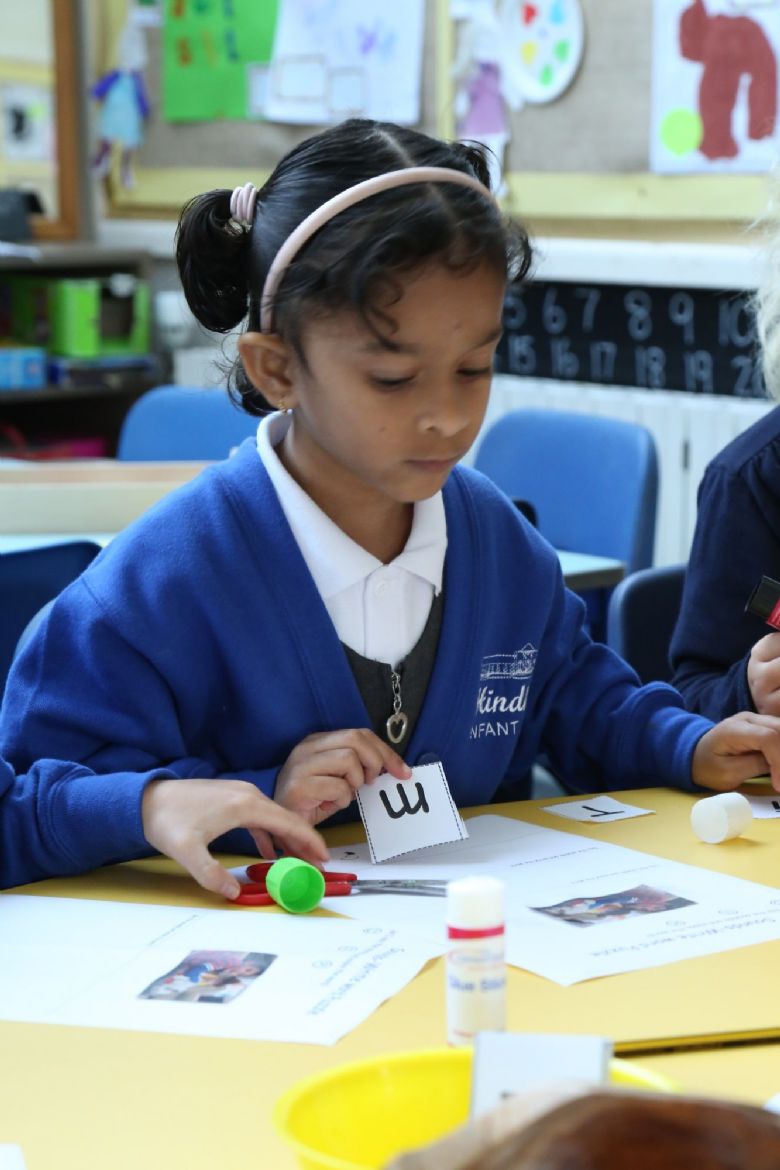
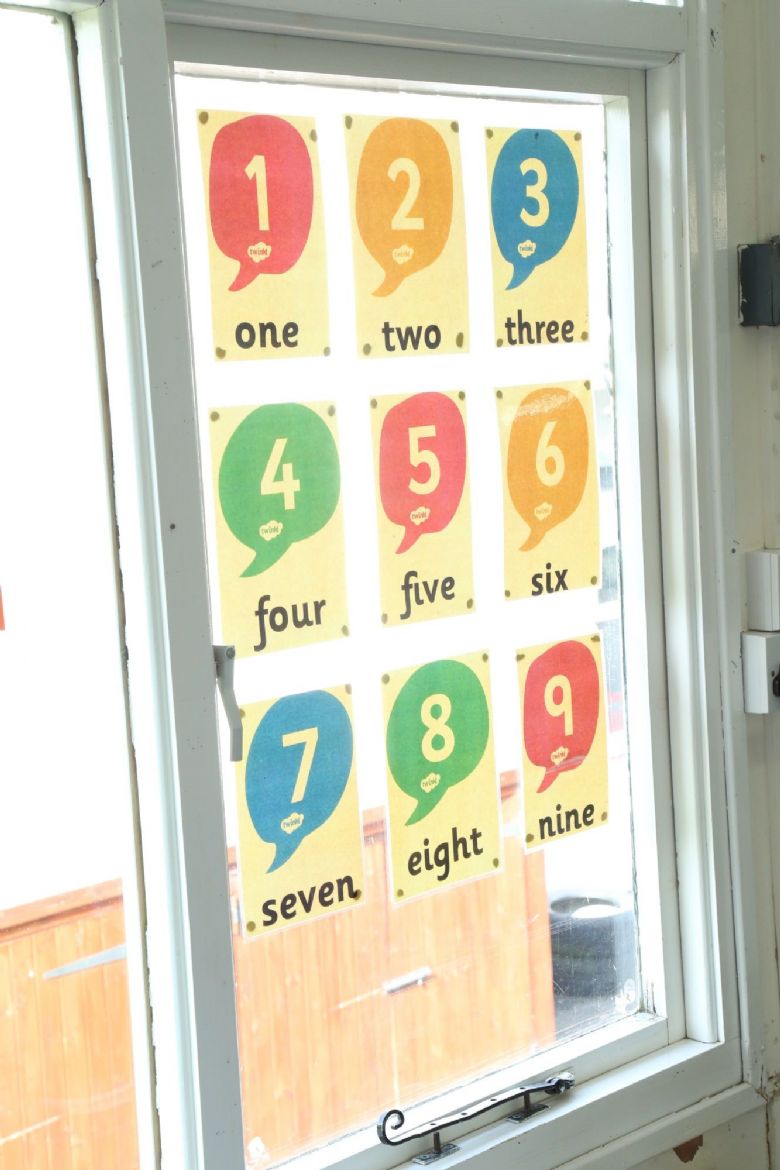
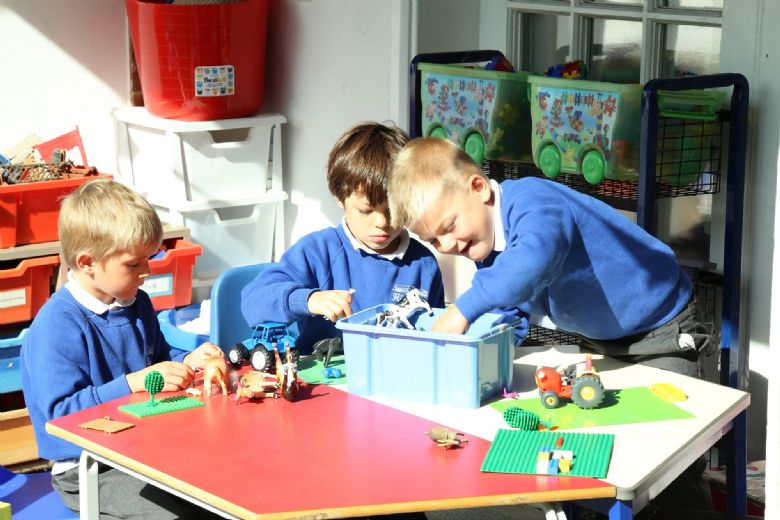 ''
''